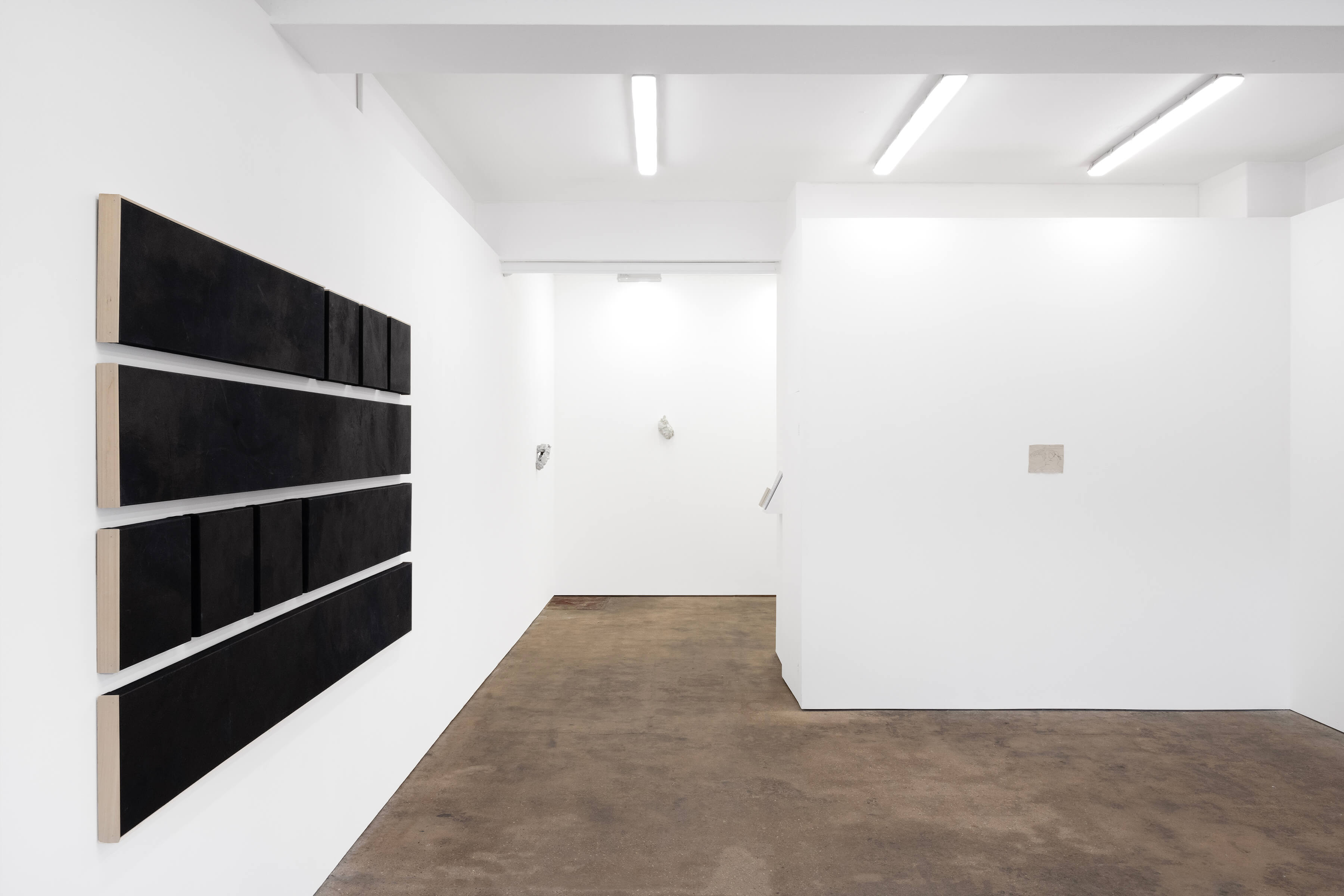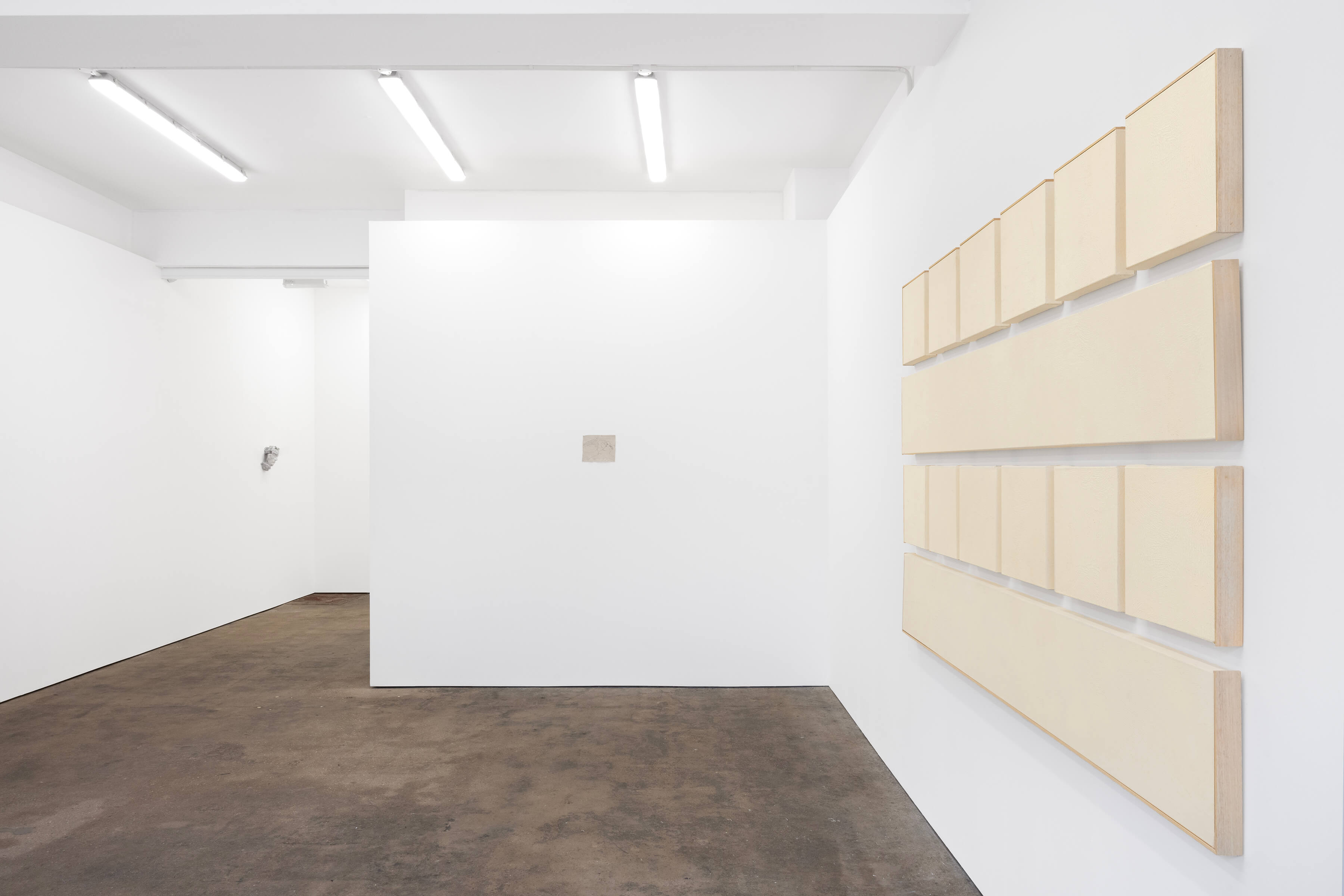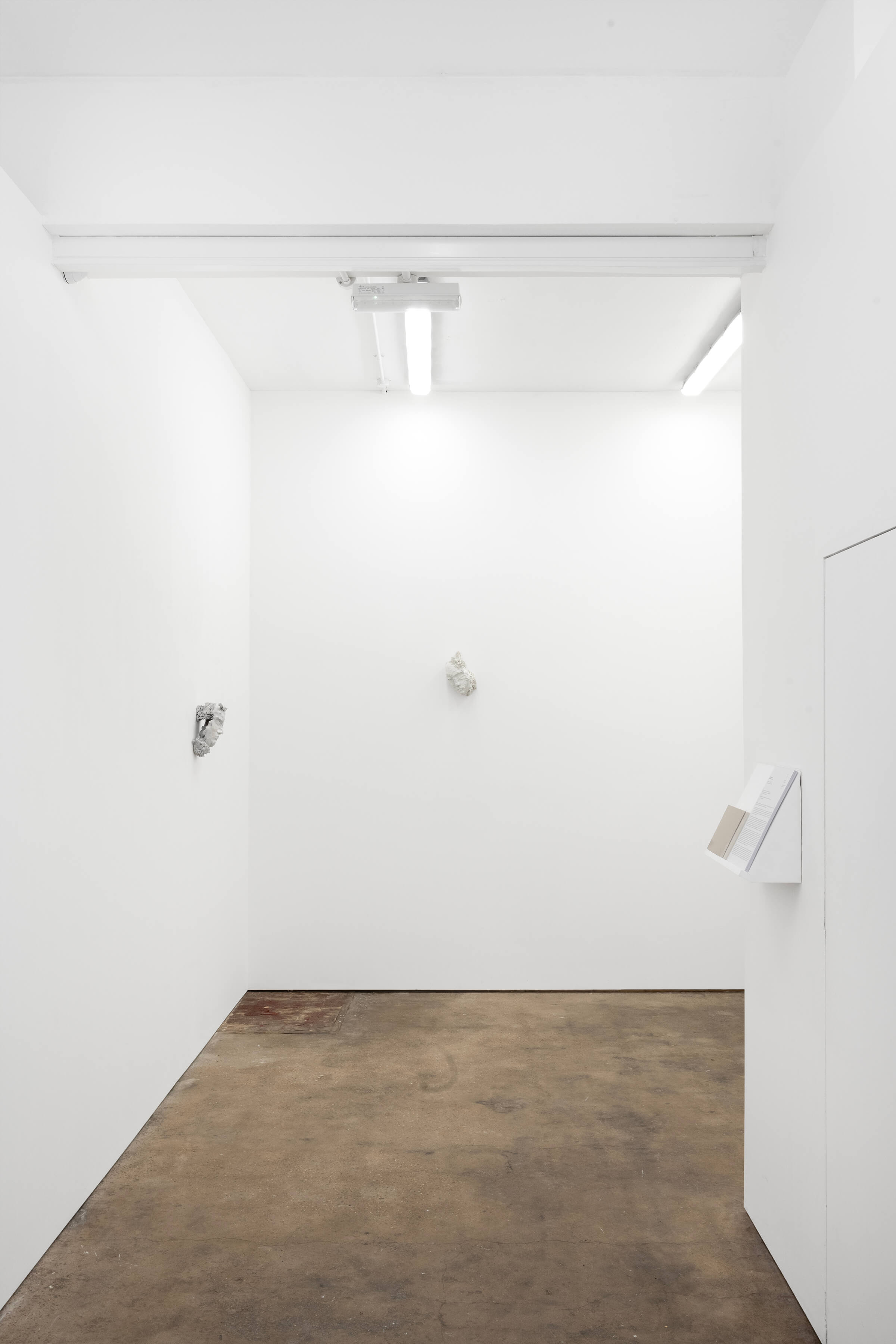THE BORDERS ARE FRAGILE


“Ahí bajo las raíces y en la médula del aire,
se comprende la verdad de las cosas equivocadas.”
Federico García Lorca
“I have always thought it important to resist the notion of expertise.”
Thomas Weaver
se comprende la verdad de las cosas equivocadas.”
Federico García Lorca
“I have always thought it important to resist the notion of expertise.”
Thomas Weaver
piloto pardo is proud to present the first UK-solo show by Martina Quesada (Argentina, 1987), The Borders Are Fragile. This is Martina’s second show with the gallery.
When poet García Lorca was traveling in his youth he wrote a poem that began: “I shall not complain, if I don’t find what I am seeking”. He was referring to the idea that he might find something more than a preconceived truth, perhaps by looking for something else; in his words, he sought to “encounter th truth of the things that are wrong”. In a similar way, what Martina Quesada reveals isn’t the truth; instead, the vast possibility of the spaces in between.
In The borders are fragile, Martina Quesada presents two large installations, a sculpture and an audio piece. The title itself – far more than being a geometric, orthopedic, architectural, aquarian or dystopian concept – can be traced back to quotidian messages inscribed in the sky, in the glory of the past, or the invisible future. The person that Thomas Weaver would call “a generalist” is none other than an investigator, an artist or a creator that views th world according to what’s unspecific in the realm of ideas. My intent here is not to proclaim that Martina Quesada dismisses logic and heterogeneity; o the contrary, her lines and borders could not be less blurred. They are, in the fabric of her masterful artistry, not messy, but fragile.
When poet García Lorca was traveling in his youth he wrote a poem that began: “I shall not complain, if I don’t find what I am seeking”. He was referring to the idea that he might find something more than a preconceived truth, perhaps by looking for something else; in his words, he sought to “encounter th truth of the things that are wrong”. In a similar way, what Martina Quesada reveals isn’t the truth; instead, the vast possibility of the spaces in between.
In The borders are fragile, Martina Quesada presents two large installations, a sculpture and an audio piece. The title itself – far more than being a geometric, orthopedic, architectural, aquarian or dystopian concept – can be traced back to quotidian messages inscribed in the sky, in the glory of the past, or the invisible future. The person that Thomas Weaver would call “a generalist” is none other than an investigator, an artist or a creator that views th world according to what’s unspecific in the realm of ideas. My intent here is not to proclaim that Martina Quesada dismisses logic and heterogeneity; o the contrary, her lines and borders could not be less blurred. They are, in the fabric of her masterful artistry, not messy, but fragile.
Architect Alejandro Aravena speaks often of “the value of what is not built”. Similarly, in a rather geometric style, Quesada makes empty space visible.
A grid of possibility. The roots of Quesada’s artistic practice can be, in fact, traced back to Argentina’s school of geometric abstraction, where artists focused on the exhilaration of action rather than representation. In her fragmented canvases, Quesada takes the action of applying pure pigment mixed wit Argentinian native plants, which activates, along with the soothing sound in the background, a wider spectrum of the senses; a way of perceiving less visible forces. In the abstract world of dreams, from which the artist takes much of her inspiration, we perceive things in another state of being.
The two figurative heads not only break with the geometric pantomime of the larger pieces, but describe the wordly state we enter when being quieted down, entering a parallel reality where, as the surrealist poet would, we encounter the truth from a different perspective.
A grid of possibility. The roots of Quesada’s artistic practice can be, in fact, traced back to Argentina’s school of geometric abstraction, where artists focused on the exhilaration of action rather than representation. In her fragmented canvases, Quesada takes the action of applying pure pigment mixed wit Argentinian native plants, which activates, along with the soothing sound in the background, a wider spectrum of the senses; a way of perceiving less visible forces. In the abstract world of dreams, from which the artist takes much of her inspiration, we perceive things in another state of being.
The two figurative heads not only break with the geometric pantomime of the larger pieces, but describe the wordly state we enter when being quieted down, entering a parallel reality where, as the surrealist poet would, we encounter the truth from a different perspective.






Cairn, 2023
Pigment, gesso, marble dust,
Argentinian native plants on canvas
31 x 15 x 4 cm
Pigment, gesso, marble dust,
Argentinian native plants on canvas
31 x 15 x 4 cm





Sleeping head I, 2023
ceramic, oil stick, pigment and
marble dust
23 x 14 x 12 cm
ceramic, oil stick, pigment and
marble dust
23 x 14 x 12 cm

Phili, 2023
Ink on canvas
22 x 18 cm
Ink on canvas
22 x 18 cm